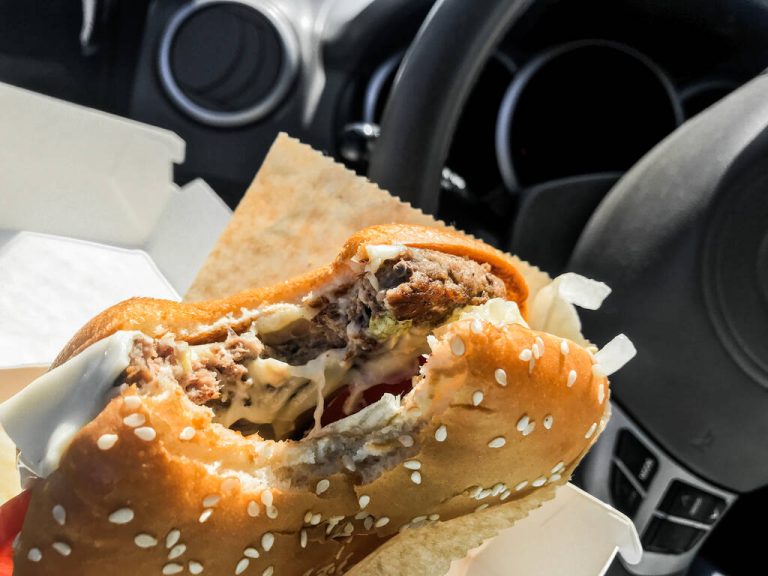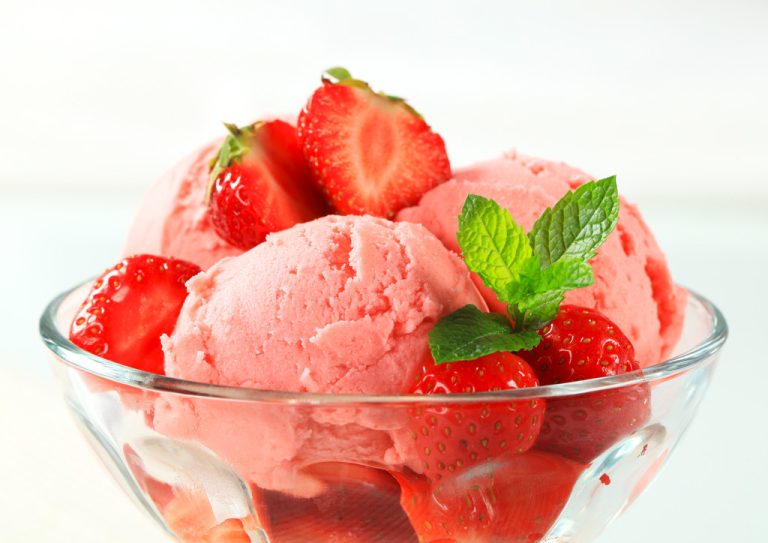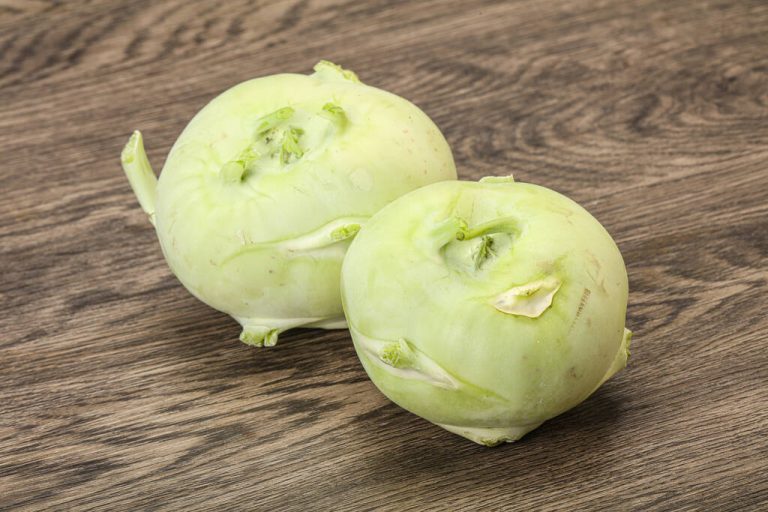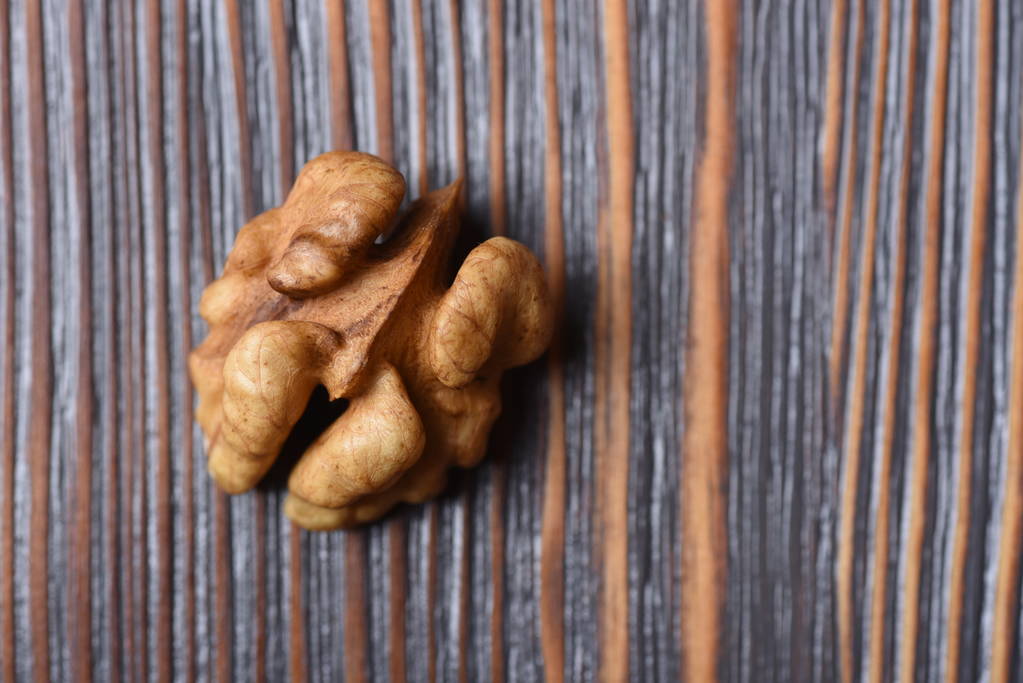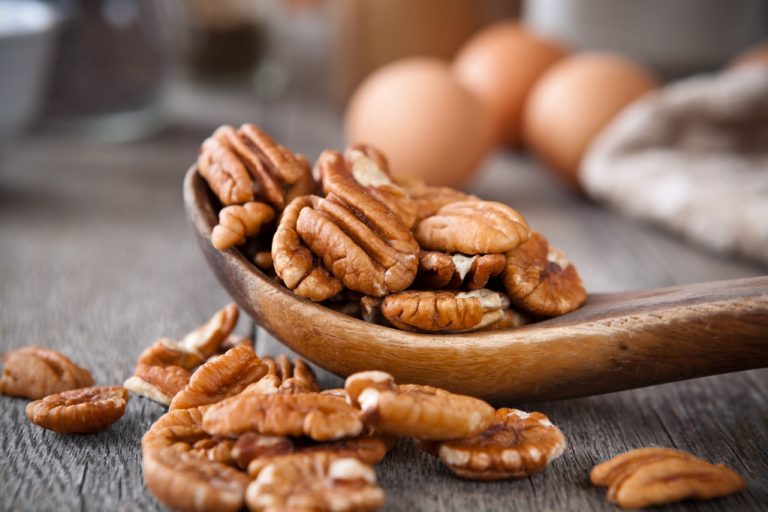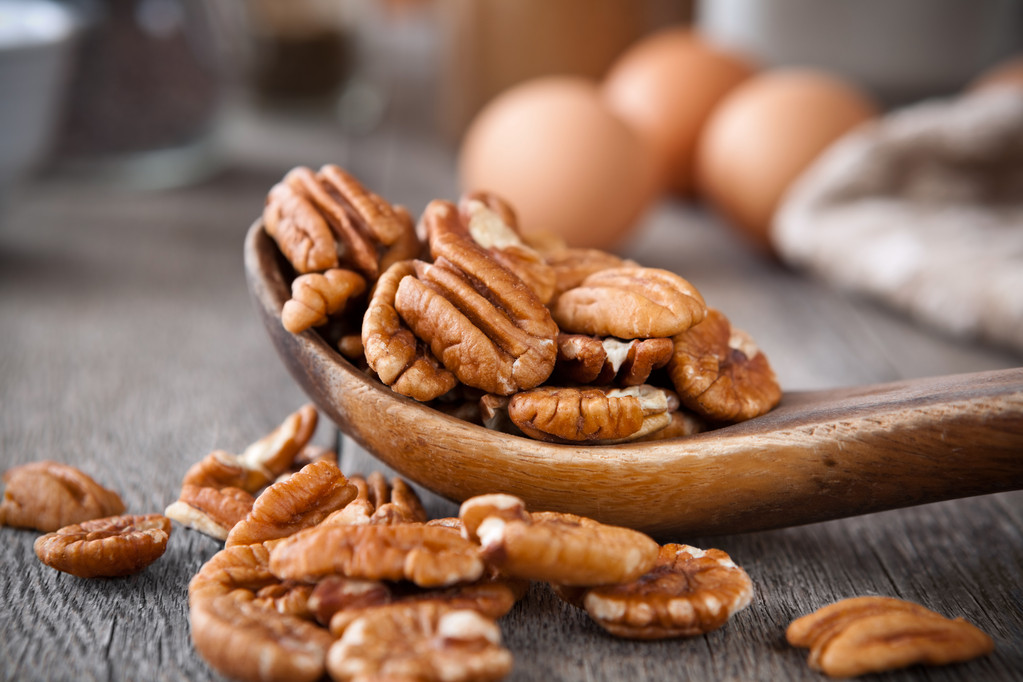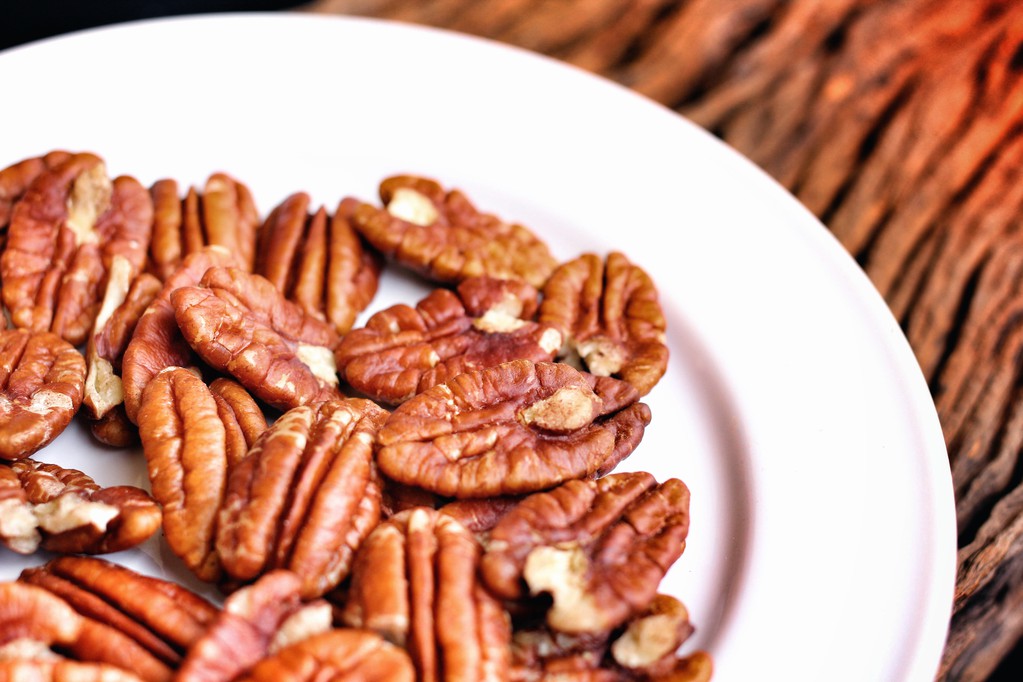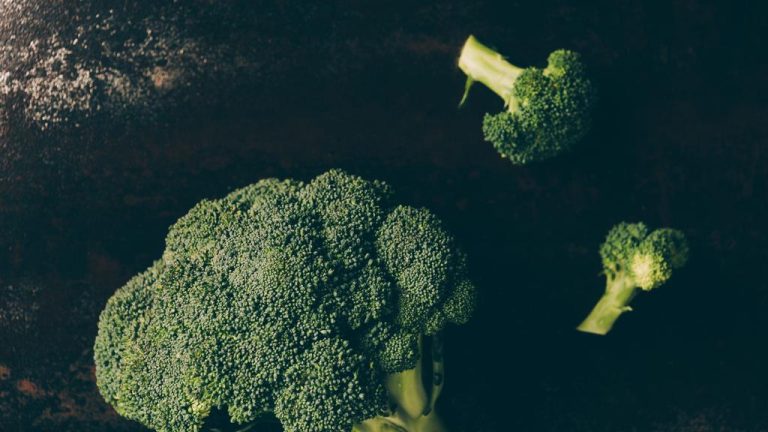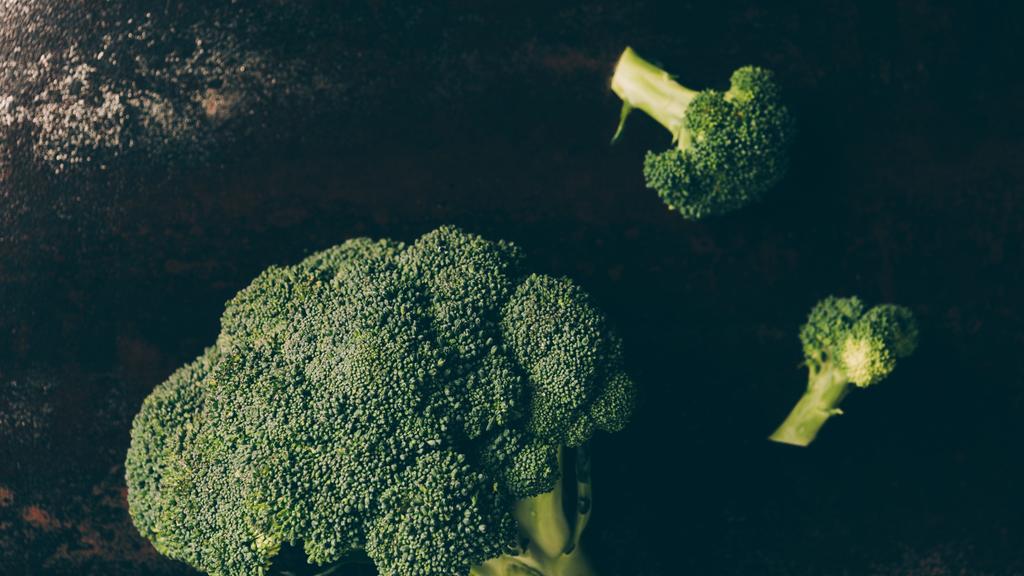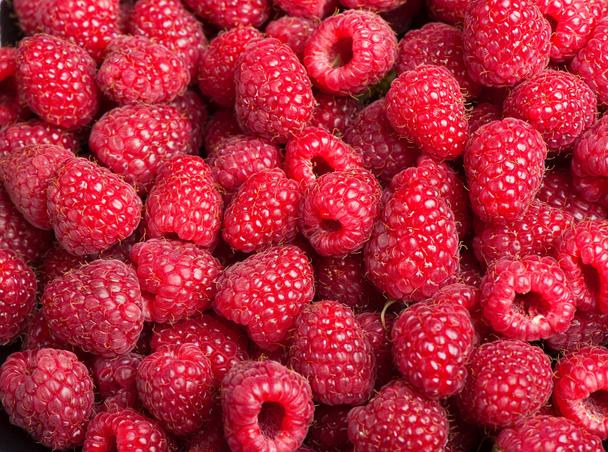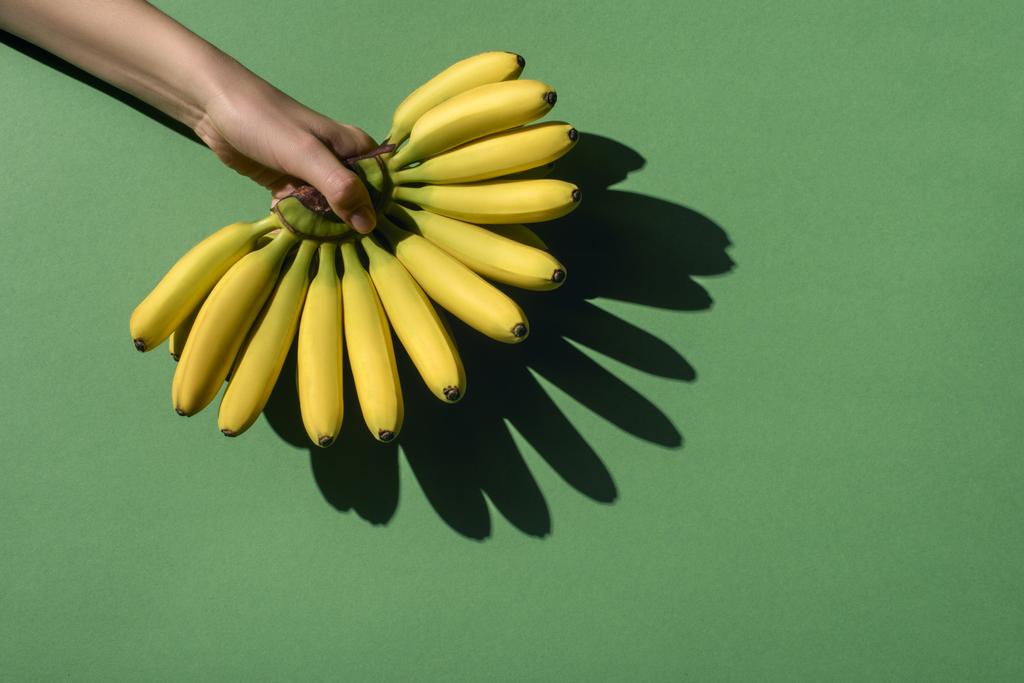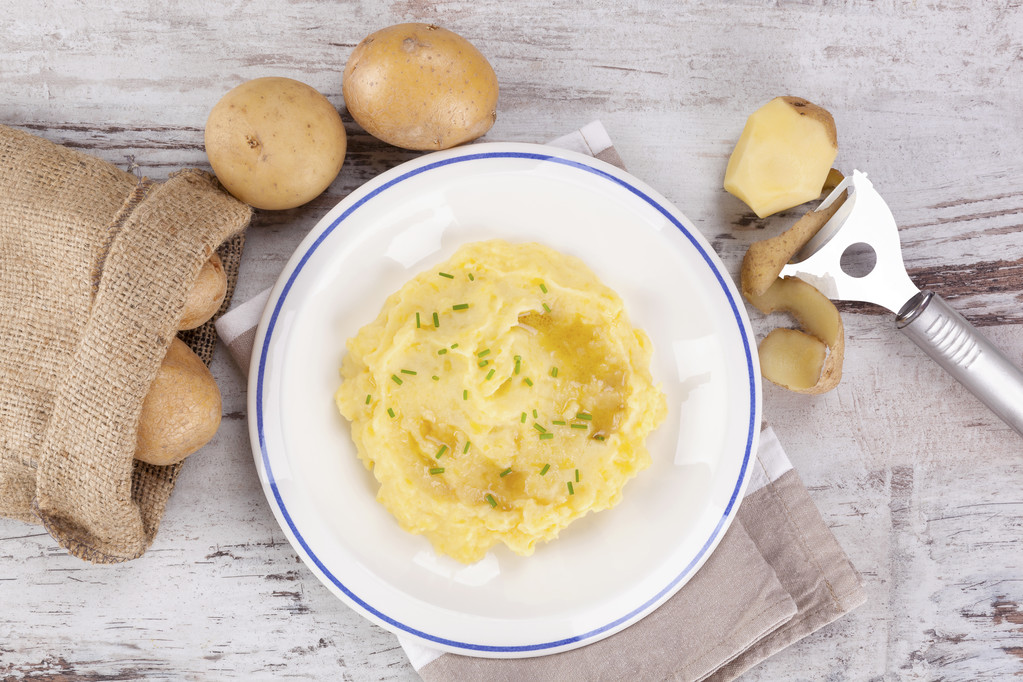The tactic is common among people trying to lose weight: starve during the day and eat at night. Not a good idea, says nutritionist Holger Klemm. He reveals how to do it better and how to ensure that the “candy tsunami” doesn’t even roll in the evening.
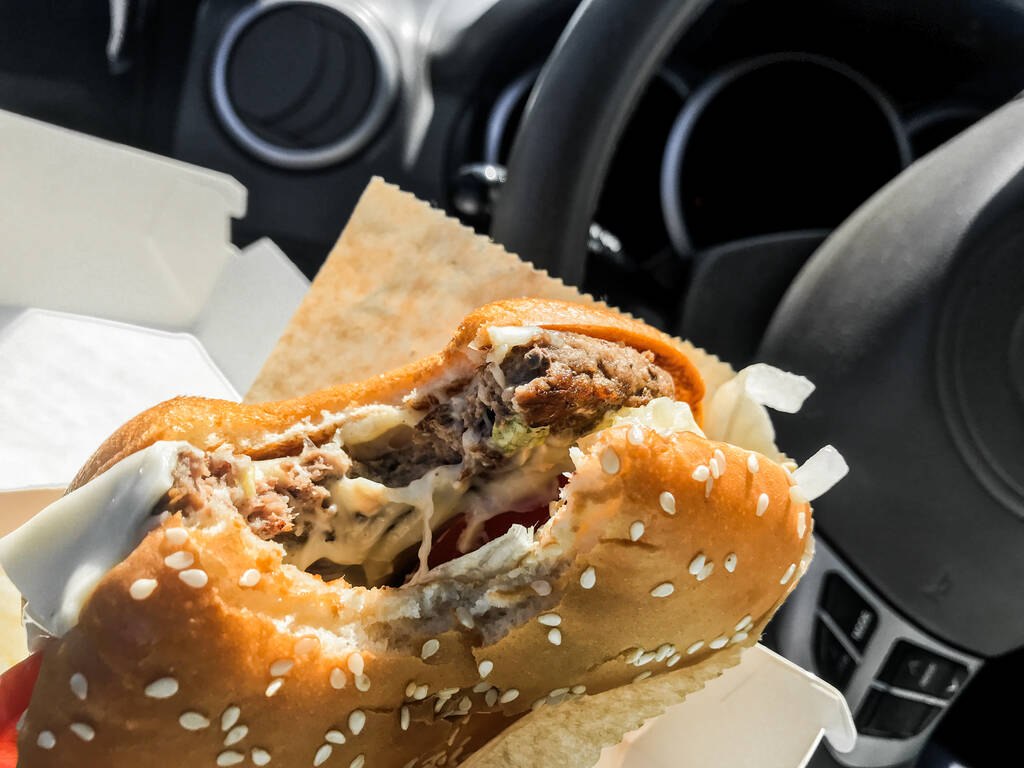
Starvation diet has the opposite effect
At the latest with this tip, most people who want to lose weight rebel. They torment themselves with a meager fasting diet during the day and then hear from me that their metabolism would actually be really happy if it got a little more food. Instead, the starvation diet that many are struggling with conveys a very different message. With this behavior they put their bodies on the alert and signal: There is a shortage of food!
The metabolism is drastically slowed down and fat burning slows down. A rude awakening in the evening when the body finally gets energy supplies: practically every calorie consumed ends up in the fat depot.
How Many Meals Should You Eat Daily? There are many different recommendations: three, five or eight? Several smaller meals are better because you’re less hungry throughout the day. The blood sugar level remains constant – and the choice of food is simply more varied. My tip: Eat a low-carbohydrate diet with high-quality protein and healthy fats. Five meals a day are ideal – provided you exercise regularly.
Five meals
Five meals every three hours show the body that it is getting energy on a regular basis. So there is no pressing reason for him to store fat. This regularity also brings structure back to our eating habits. Breakfast, lunch and dinner, with two snacks in between. Eat every three hours, even if you don’t feel directly hungry. After some time, your metabolism will automatically become more active and adjust to your new rate.
Avoid cravings
Regular small meals not only boost your metabolism, but also avoid the infamous food cravings. Hypoglycaemia and thus an uncontrolled “candy tsunami” in the evening is unlikely if you eat regularly. The blood sugar level remains relatively constant and the fattening hormone insulin is put in its place. Due to the more frequent meals during the day, it is necessary that you make the main meals smaller than usual so that your total energy intake does not exceed the required level.
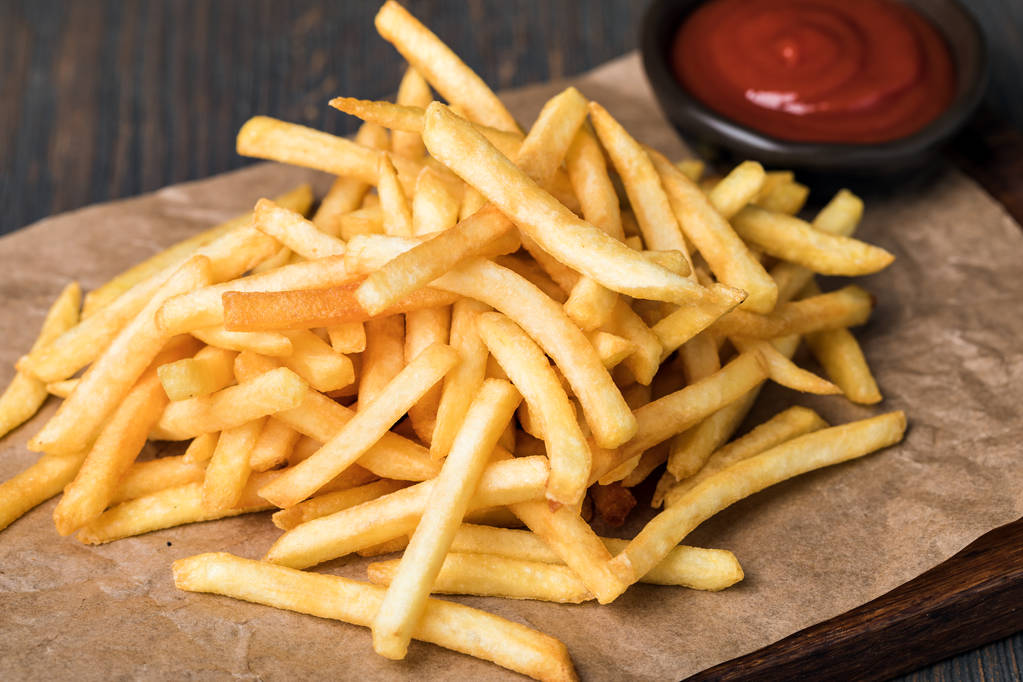
The conclusion
Conclusion: Starving during the day to be able to eat what you want for dinner is not a good idea and can lead to health problems and obesity. The body senses some kind of threat and switches over because it doesn’t get enough energy during the day. Especially during the day, when we have to be efficient, we need high-quality nutrients and vital substances from food. My tip: Eat regularly and in moderation – not in bulk – and you will gradually become slimmer. Guaranteed!

